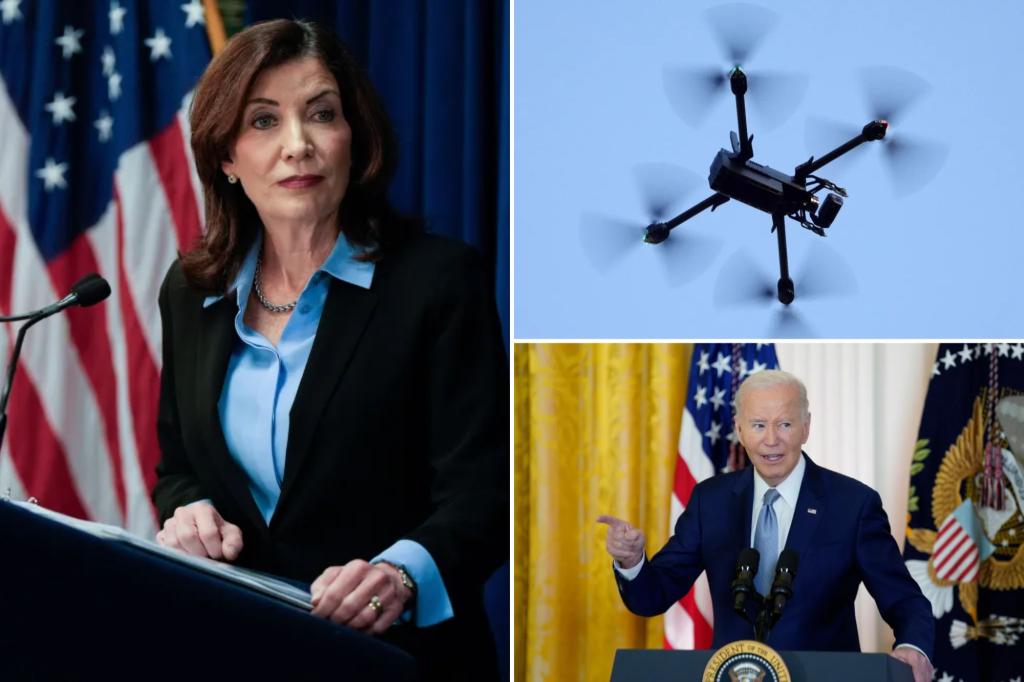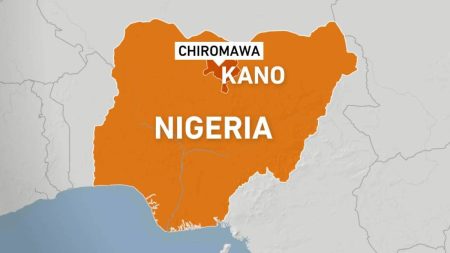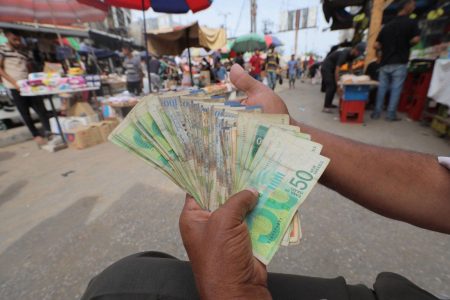The escalating presence of unidentified drones over the northeastern United States has reached a critical point, prompting New York Governor Kathy Hochul to demand federal intervention. The latest incident involved the temporary shutdown of runways at Stewart International Airport in Orange County, New York, a facility serving both commercial and military aircraft. This disruption underscores the potential threat these drones pose to critical infrastructure and public safety, highlighting the urgent need for a comprehensive response to address the issue. Governor Hochul’s call for action emphasizes the growing concern and the limitations of current legal frameworks in effectively countering these unmanned aerial systems (UAS).
The mysterious drone activity, which began nearly a month ago, has primarily focused on New Jersey but has expanded to encompass a wider area, including sightings in Maryland, Pennsylvania, Massachusetts, and New York. The proximity of these drones to major airports, such as LaGuardia International Airport, Newark Liberty International Airport, and now Stewart International Airport, raises serious concerns about potential collisions and disruptions to air traffic. The presence of the 105th Airlift Wing of the New York Air National Guard at Stewart further intensifies the security implications, suggesting potential vulnerability of military installations to these unidentified aircraft.
Governor Hochul’s statement emphasizes the inadequacy of current state and local powers to effectively address the drone issue. She has directed the New York State Intelligence Center to investigate the sightings and urged state police to coordinate with federal law enforcement. While these efforts represent a proactive approach at the state level, they are hampered by limitations on the legal authority of state and local agencies to counter UAS operations. This legal gap underscores the need for federal intervention and legislative action to empower state and local authorities to effectively respond to these aerial intrusions.
The Governor’s call for federal support highlights the urgency of the situation and the need for a coordinated response involving both state and federal resources. She demands that the Biden Administration provide federal law enforcement support to the region to ensure the safety of critical infrastructure and the public. This request reflects the seriousness of the drone activity and the recognition that a multi-agency approach is essential to effectively address the threat. The increasing frequency and geographic spread of the sightings underscore the potential for widespread disruption and the need for a proactive and comprehensive strategy to mitigate the risks.
To address the legal limitations hindering effective counter-drone measures, Governor Hochul has called on Congress to pass the Counter-UAS Authority Security, Safety, and Reauthorization Act. This bill, introduced by Representative Mark Green (R-TN), aims to reform legal authorities related to counter-UAS operations and strengthen the Federal Aviation Administration’s (FAA) oversight of drones. Crucially, the legislation would extend counter-UAS activities to select state and local law enforcement agencies, empowering them to take action against unauthorized drone operations within their jurisdictions. The Governor argues that granting these powers to New York State and other affected regions is essential for ensuring a coordinated and effective response.
The pervasiveness of the drone sightings, extending beyond airports to encompass the five boroughs of New York City and Long Island, underscores the widespread nature of the phenomenon. While New Jersey has experienced the most frequent sightings, with reports from both Coast Guard sailors and local police, the expansion of the drone activity to other states and regions suggests a broader, potentially coordinated effort. The nature and purpose of these drone flights remain shrouded in mystery, raising concerns about potential surveillance, disruption, or even malicious intent. The lack of clear identification of the operators and their motives further amplifies the urgency of finding a solution to this growing security challenge.










